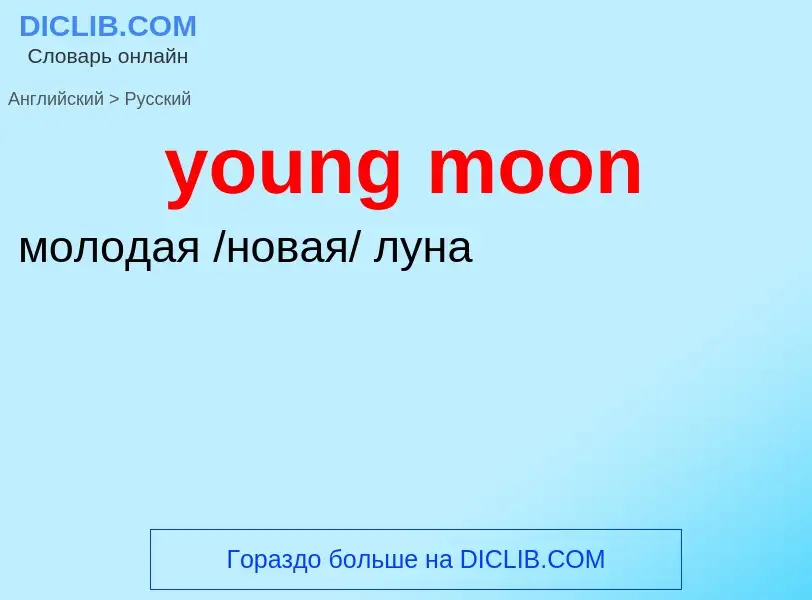(Young, Thomas) (1773-1829), английский физик, врач, египтолог, один из выдающихся представителей мира науки, искусства и медицины начала 19 в. Родился в Милвертоне (графство Сомерсет) 13 июня 1773 в семье квакеров. С ранних лет обнаружил необыкновенные способности и феноменальную память. Уже в два года бегло читал, в четыре знал на память много сочинений английских поэтов, к 14 годам познакомился с дифференциальным исчислением (по Ньютону), изучил латынь, древнегреческий, древнееврейский, итальянский и французский языки, читал в подлиннике произведения классиков. С 1792 по 1803 изучал медицину в Лондоне, Эдинбурге, Гёттингене, Кембридже, но потом увлекся физикой, в частности оптикой и акустикой. В 21 год (1794) стал членом Королевского общества, в 1802-1829 был его секретарем. Получил степень доктора медицины. Унаследовав небольшое состояние, открыл частную практику в Лондоне.
Исследования Юнга в области оптики легли в основу его блестящей статьи Механизм глаза (The Mechanism of the Eye, 1800), в которой он дал объяснение природе аккомодации, астигматизма и цветового зрения. В 1801 при поддержке Б.Румфорда Юнг был назначен профессором Королевского института, где за период с 1801 по 1803 прочитал цикл лекций, изданных впоследствии под названием Лекции по натуральной философии и механическому искусству (Lectures on Natural Philosophy and the Mechanical Arts, 1807). Юнг - один из создателей волновой теории света. Он впервые указал на усиление и ослабление звука при наложении звуковых волн и предложил принцип суперпозиции волн. В 1801 объяснил явление интерференции света и ввел этот термин, дал интерпретацию колец Ньютона. Выполнил первый эксперимент по наблюдению интерференции, получив два когерентных источника света (1802). Этот опыт стал классическим, как и известный опыт О.Френеля. В 1803 попытался объяснить дифракцию света. Высказал гипотезу о поперечности световых колебаний, открыл интерференцию УФ-лучей, измерил длины волн света разных цветов. В теории упругости Юнгу принадлежат исследования деформации сдвига. Он же ввел характеристику упругости - модуль растяжения (модуль Юнга).
С 1811 и до конца жизни Юнг работал врачом в больнице св. Георгия в Лондоне. Юнга интересовали проблемы лечения туберкулеза, он занимался изучением функционирования сердца, работал над созданием системы классификации болезней. С 1814 по 1825 Юнг написал около 60 глав для приложения к четвертому изданию "Британской энциклопедии". Состоял консультантом при Адмиралтействе (1814), был секретарем Бюро долгот, редактором Морского альманаха (1814-1829), советником при парламенте по весам и мерам. Вывел формулу для составления таблиц смертности, необходимых в страховом деле (1826).
Интерес к изучению языков привел Юнга к попыткам составления египетского словаря. В 1823 он предложил свою интерпретацию некоторых египетских иероглифов, определил значение ряда знаков Розеттского камня, проложил путь к успешной расшифровке египетских иероглифов Ж.Ф.Шампольоном. Умер Юнг в Лондоне 10 мая 1829.
.jpg?width=120)

.jpg?width=200)


![Lunar Module ''Eagle'']] of [[Tranquility Base]], during [[Apollo 11]] (1969), the first crewed [[Moon landing]] Lunar Module ''Eagle'']] of [[Tranquility Base]], during [[Apollo 11]] (1969), the first crewed [[Moon landing]]](https://commons.wikimedia.org/wiki/Special:FilePath/Aldrin Looks Back at Tranquility Base - GPN-2000-001102.jpg?width=200)
![Harrison H. Schmitt]] next to a large Moon boulder Harrison H. Schmitt]] next to a large Moon boulder](https://commons.wikimedia.org/wiki/Special:FilePath/Apollo 17 AS17-140-21497.jpg?width=200)

![Artist's depiction of the Moon as it might have appeared in Earth's sky after the [[Late Heavy Bombardment]] around 4 billion years ago, when its orbit was half as close to Earth and it appeared 2.8 times larger than today.<ref name="Lunar and Planetary Institute" /> Artist's depiction of the Moon as it might have appeared in Earth's sky after the [[Late Heavy Bombardment]] around 4 billion years ago, when its orbit was half as close to Earth and it appeared 2.8 times larger than today.<ref name="Lunar and Planetary Institute" />](https://commons.wikimedia.org/wiki/Special:FilePath/Archean.png?width=200)

![Moon's far side]] Moon's far side]]](https://commons.wikimedia.org/wiki/Special:FilePath/Daedalus crater AS11-41-6151.jpg?width=200)
![DSCOVR satellite]] and Earth DSCOVR satellite]] and Earth](https://commons.wikimedia.org/wiki/Special:FilePath/Dscovrepicmoontransitfull.gif?width=200)

![[[Galileo]]'s sketches of the Moon from the ground-breaking ''[[Sidereus Nuncius]]'' (1610), publishing among other findings the first descriptions of the Moons topography [[Galileo]]'s sketches of the Moon from the ground-breaking ''[[Sidereus Nuncius]]'' (1610), publishing among other findings the first descriptions of the Moons topography](https://commons.wikimedia.org/wiki/Special:FilePath/Galileo's sketches of the moon.png?width=200)
![hardened]] lava flows of [[Mare Imbrium]] forming [[wrinkle ridge]]s hardened]] lava flows of [[Mare Imbrium]] forming [[wrinkle ridge]]s](https://commons.wikimedia.org/wiki/Special:FilePath/Lava flows in Mare Imbrium (AS15-M-1558).png?width=200)
![First view of the [[far side of the Moon]], taken by [[Luna 3]], 7 October 1959. Clearly visible is [[Mare Moscoviense]] (top right) and a mare triplet of [[Mare Crisium]], [[Mare Marginis]] and [[Mare Smythii]] (left center). First view of the [[far side of the Moon]], taken by [[Luna 3]], 7 October 1959. Clearly visible is [[Mare Moscoviense]] (top right) and a mare triplet of [[Mare Crisium]], [[Mare Marginis]] and [[Mare Smythii]] (left center).](https://commons.wikimedia.org/wiki/Special:FilePath/Luna 3 moon.jpg?width=200)
![[[Libration]], the slight variation in the Moon's [[apparent size]] and viewing angle over a single lunar month as viewed from Earth's north [[Libration]], the slight variation in the Moon's [[apparent size]] and viewing angle over a single lunar month as viewed from Earth's north](https://commons.wikimedia.org/wiki/Special:FilePath/Lunar libration with phase Oct 2007 (continuous loop).gif?width=200)
![Earth–Moon distance]] is not to scale. Earth–Moon distance]] is not to scale.](https://commons.wikimedia.org/wiki/Special:FilePath/Moon phases en.jpg?width=200)
![to be round]], several having [[subsurface ocean]]s and one, Titan, having a considerable atmosphere. to be round]], several having [[subsurface ocean]]s and one, Titan, having a considerable atmosphere.](https://commons.wikimedia.org/wiki/Special:FilePath/Moons of solar system v7.jpg?width=200)

![LCRT]] concept for a radio telescope on the Moon LCRT]] concept for a radio telescope on the Moon](https://commons.wikimedia.org/wiki/Special:FilePath/Niac2020 bandyopadhyay.jpg?width=200)
![Orion spacecraft]]'s flyby of the Moon in the [[Artemis 1]] mission Orion spacecraft]]'s flyby of the Moon in the [[Artemis 1]] mission](https://commons.wikimedia.org/wiki/Special:FilePath/Orion and the Moon (art001e000269).jpg?width=200)
![Wide angle image of a lunar swirl, the 70 kilometer long [[Reiner Gamma]] Wide angle image of a lunar swirl, the 70 kilometer long [[Reiner Gamma]]](https://commons.wikimedia.org/wiki/Special:FilePath/Reiner-gamma-clem1.jpg?width=200)




![gravitational pull]] of the Moon is approximately 1/6 of Earth's. gravitational pull]] of the Moon is approximately 1/6 of Earth's.](https://commons.wikimedia.org/wiki/Special:FilePath/Youtubeastronautsonmoonot3.gif?width=200)
